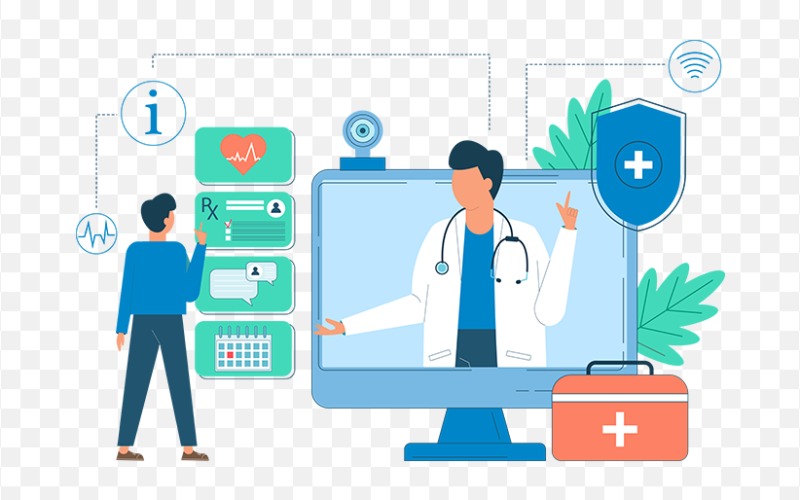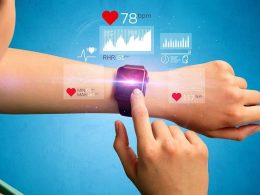Remote Patient Monitoring (RPM) has emerged as a pivotal component in the evolving landscape of healthcare. The integration of advanced technology with patient care has led to significant improvements in patient outcomes, operational efficiencies, and overall healthcare delivery. This article delves into the prevailing trends in Remote Patient Monitoring, highlighting the transformative impact it has on the healthcare industry.
Integration of AI and Machine Learning
Artificial Intelligence (AI) and Machine Learning (ML) are revolutionizing RPM by enabling more accurate and timely patient monitoring. These technologies facilitate predictive analytics, allowing healthcare providers to identify potential health issues before they become critical. AI-driven algorithms can analyze vast amounts of data from various sources, including wearable devices and electronic health records (EHRs), to provide actionable insights. This proactive approach not only enhances patient care but also reduces the burden on healthcare systems by preventing hospital readmissions and emergency room visits.
Expansion of Wearable Technology
Wearable devices have become a cornerstone of RPM, offering real-time monitoring of vital signs such as heart rate, blood pressure, and glucose levels. The development of more sophisticated and user-friendly wearables has significantly expanded their adoption. These devices are equipped with sensors that continuously collect health data, which is then transmitted to healthcare providers for analysis. The convenience and accessibility of wearable technology empower patients to take a more active role in managing their health, leading to better adherence to treatment plans and improved outcomes.
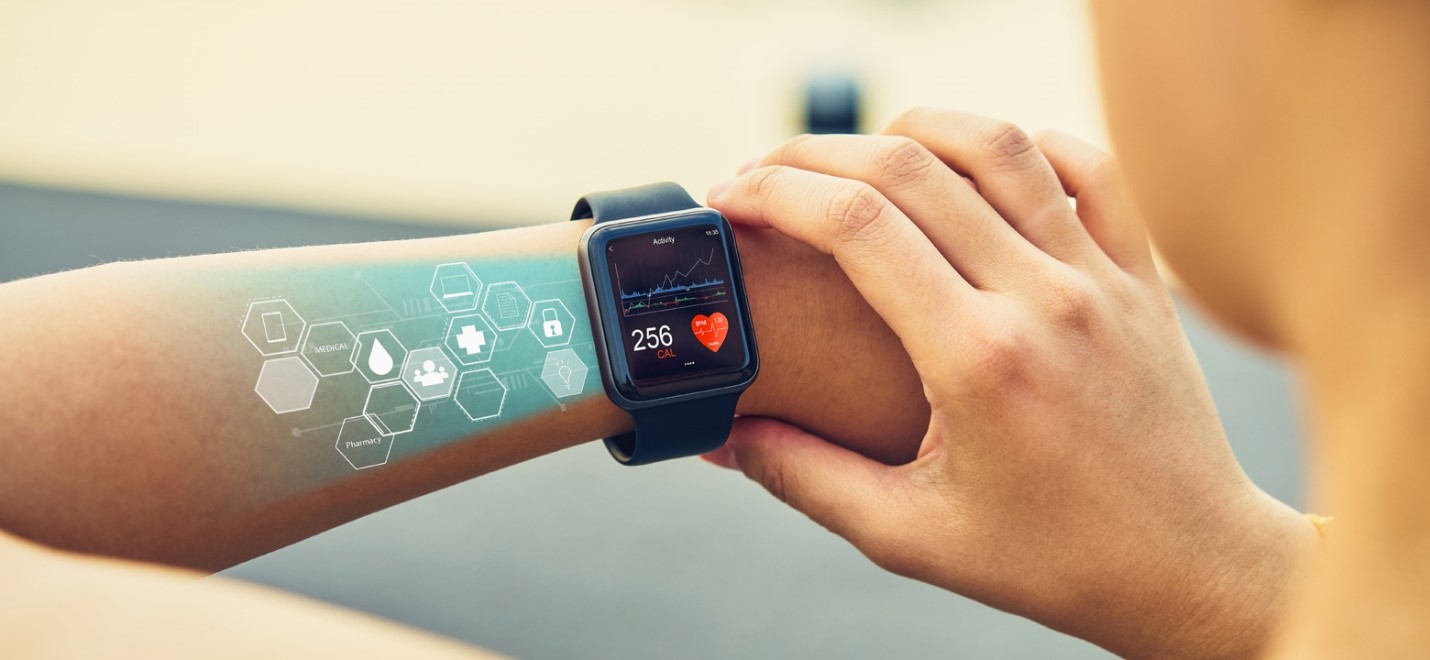
Telehealth Integration
The COVID-19 pandemic accelerated the adoption of telehealth, and its integration with RPM has proven to be a game-changer. Telehealth platforms enable seamless communication between patients and healthcare providers, facilitating remote consultations and follow-ups. When combined with RPM, telehealth allows for continuous monitoring and timely interventions, enhancing the quality of care. This synergy also supports chronic disease management, where regular monitoring and virtual check-ins are crucial for effective treatment.
Enhanced Data Security and Privacy
As RPM relies heavily on the collection and transmission of sensitive health data, ensuring data security and privacy has become paramount. Advances in cybersecurity measures, including encryption and secure communication protocols, are being implemented to protect patient information. Additionally, compliance with regulations such as the Health Insurance Portability and Accountability Act (HIPAA) is critical to maintaining patient trust and safeguarding data integrity. The focus on robust security frameworks ensures that RPM solutions are both reliable and secure.
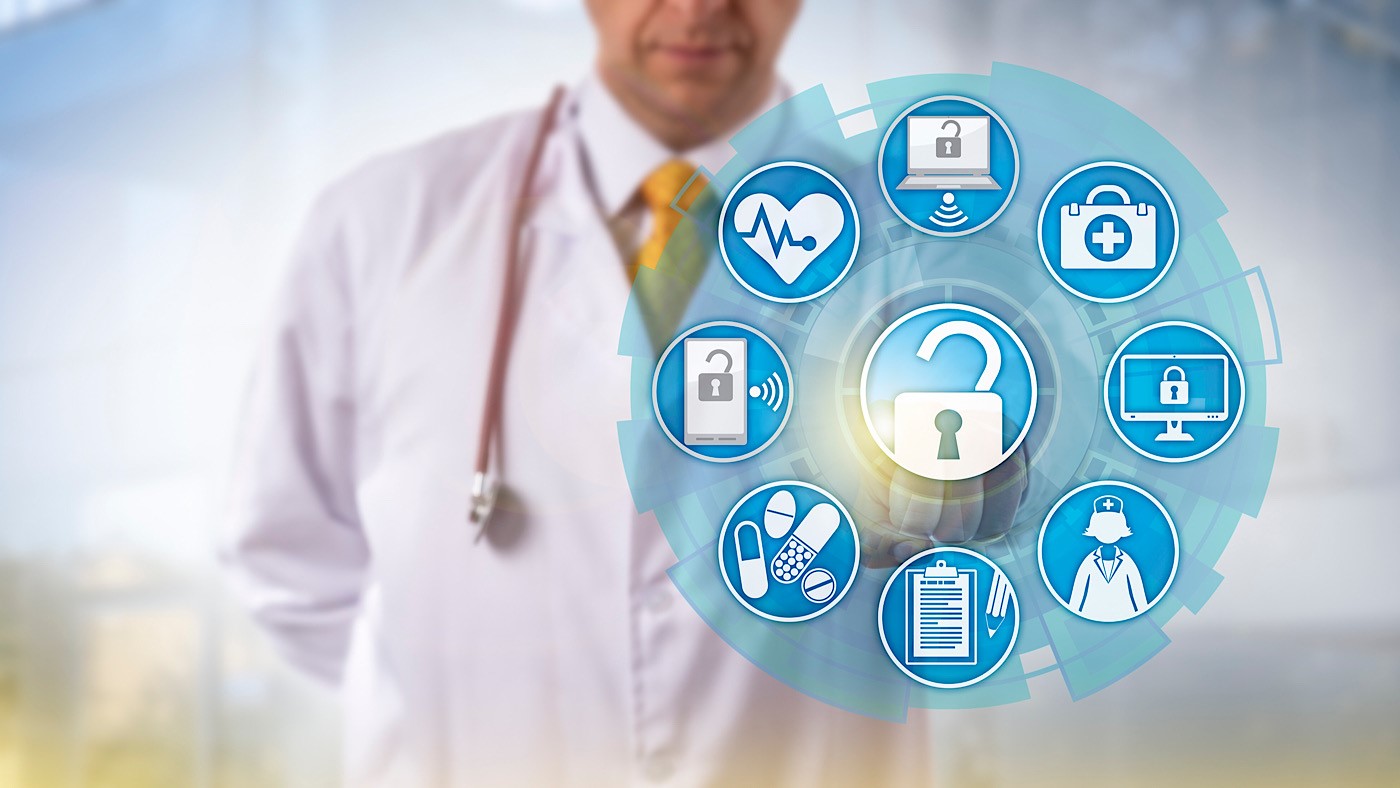
Interoperability and Standardization
The effectiveness of RPM is significantly enhanced by the interoperability of devices and systems. Standardization efforts are underway to ensure that different RPM technologies can seamlessly integrate and communicate with each other. This interoperability allows for the aggregation of data from various sources, providing a comprehensive view of a patient’s health. Standardized protocols and data formats also facilitate the integration of RPM data with EHRs, enabling healthcare providers to make informed decisions based on a holistic understanding of the patient’s condition.
Focus on Chronic Disease Management
Chronic diseases such as diabetes, hypertension, and heart disease require continuous monitoring and management. RPM has proven to be particularly beneficial in this context, offering a reliable means of tracking disease progression and treatment efficacy. Patients with chronic conditions can benefit from regular monitoring, which helps in early detection of complications and timely adjustments to their treatment plans. This continuous oversight not only improves patient outcomes but also reduces healthcare costs by minimizing hospitalizations and emergency interventions.
Patient Engagement and Empowerment
One of the most significant trends in RPM is the emphasis on patient engagement and empowerment. RPM technologies are designed to be user-friendly, encouraging patients to actively participate in their healthcare journey. Features such as mobile apps and personalized health dashboards provide patients with easy access to their health data, fostering a sense of ownership and accountability. Educating patients about the importance of regular monitoring and how to interpret their data further empowers them to make informed decisions about their health.
Cost-Effectiveness and Resource Optimization
RPM offers a cost-effective solution to the growing demand for healthcare services. By enabling remote monitoring, healthcare providers can optimize their resources and reduce the need for in-person visits. This not only lowers operational costs but also alleviates the strain on healthcare facilities. Additionally, early detection and intervention through RPM can prevent costly complications and hospitalizations, resulting in significant savings for both patients and healthcare systems.
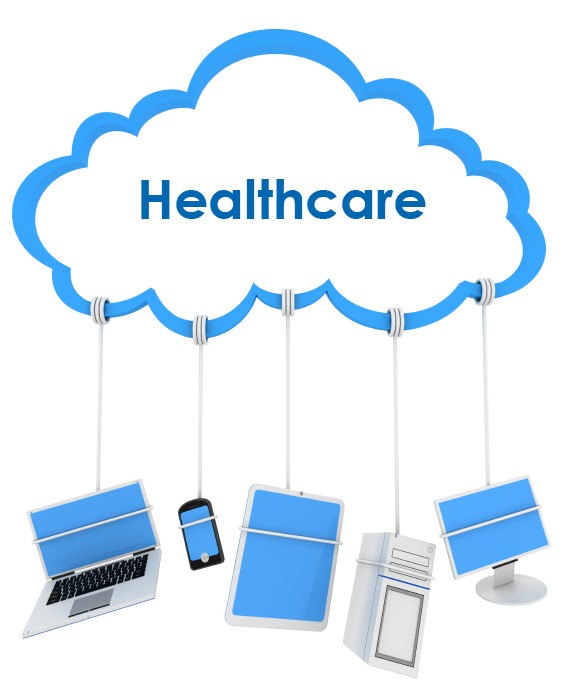
Adoption of Cloud-Based Solutions
Cloud computing has become a critical enabler of RPM, providing scalable and flexible solutions for data storage and processing. Cloud-based platforms allow for the efficient management of large volumes of health data, facilitating real-time analysis and reporting. The adoption of cloud technology also supports the integration of AI and ML, enhancing the predictive capabilities of RPM systems. Furthermore, cloud solutions offer robust security features, ensuring the safe handling of sensitive patient information.
Regulatory Support and Reimbursement Policies
The growing recognition of RPM’s benefits has led to increased regulatory support and the development of reimbursement policies. Governments and healthcare organizations are implementing guidelines and frameworks to promote the adoption of RPM. Reimbursement policies that cover RPM services encourage healthcare providers to integrate these technologies into their practice. This regulatory support not only drives the growth of RPM but also ensures that patients have access to high-quality remote care.
Conclusion
Remote Patient Monitoring is poised to transform the healthcare industry by enhancing patient care, improving outcomes, and optimizing resources. The integration of AI and ML, the expansion of wearable technology, and the synergy with telehealth are driving the evolution of RPM. As data security, interoperability, and patient engagement continue to improve, RPM will become an indispensable tool in modern healthcare. The focus on chronic disease management, cost-effectiveness, and regulatory support further underscores the potential of RPM to revolutionize healthcare delivery. Embracing these trends will pave the way for a more efficient, effective, and patient-centric healthcare system.






